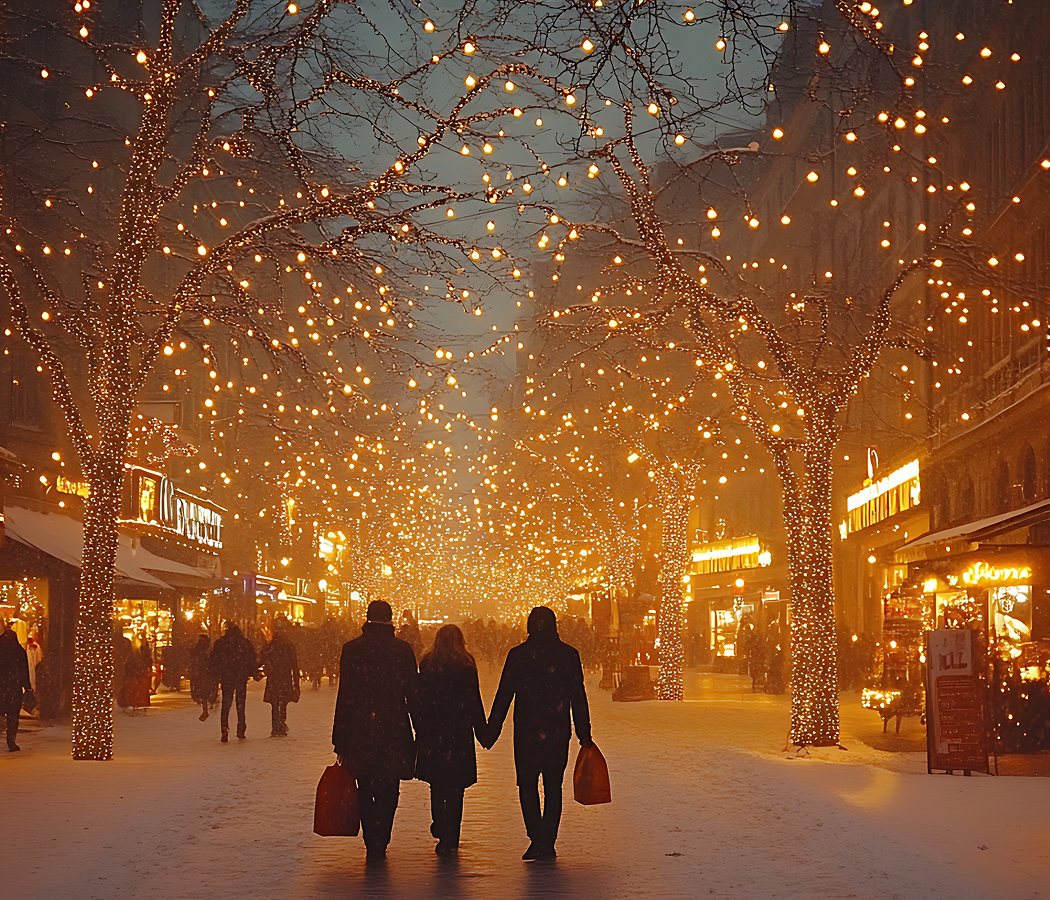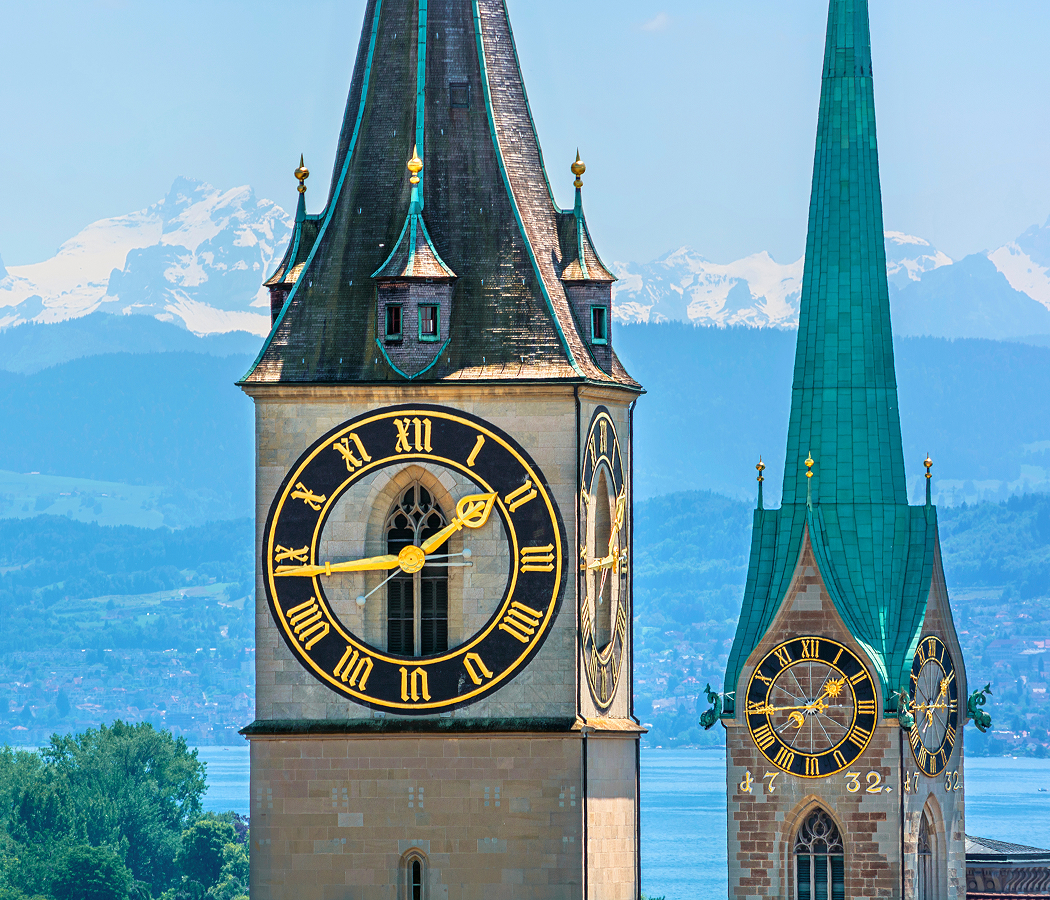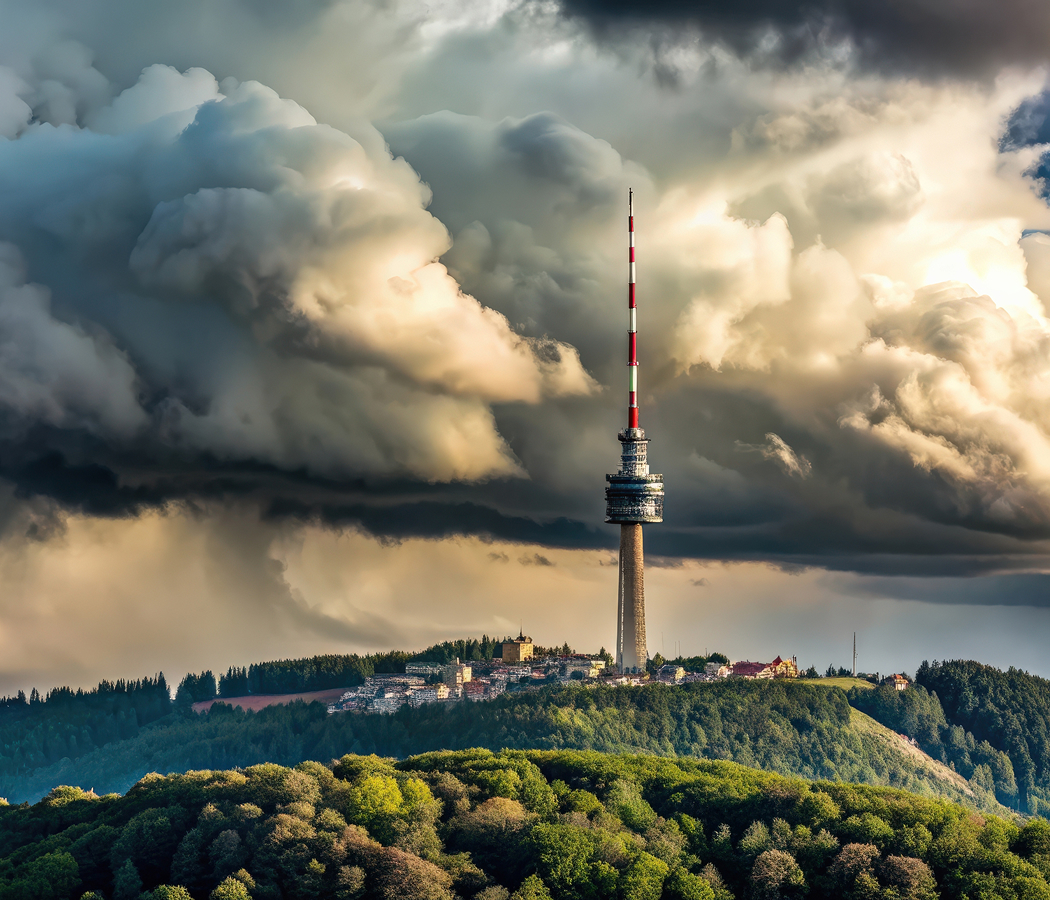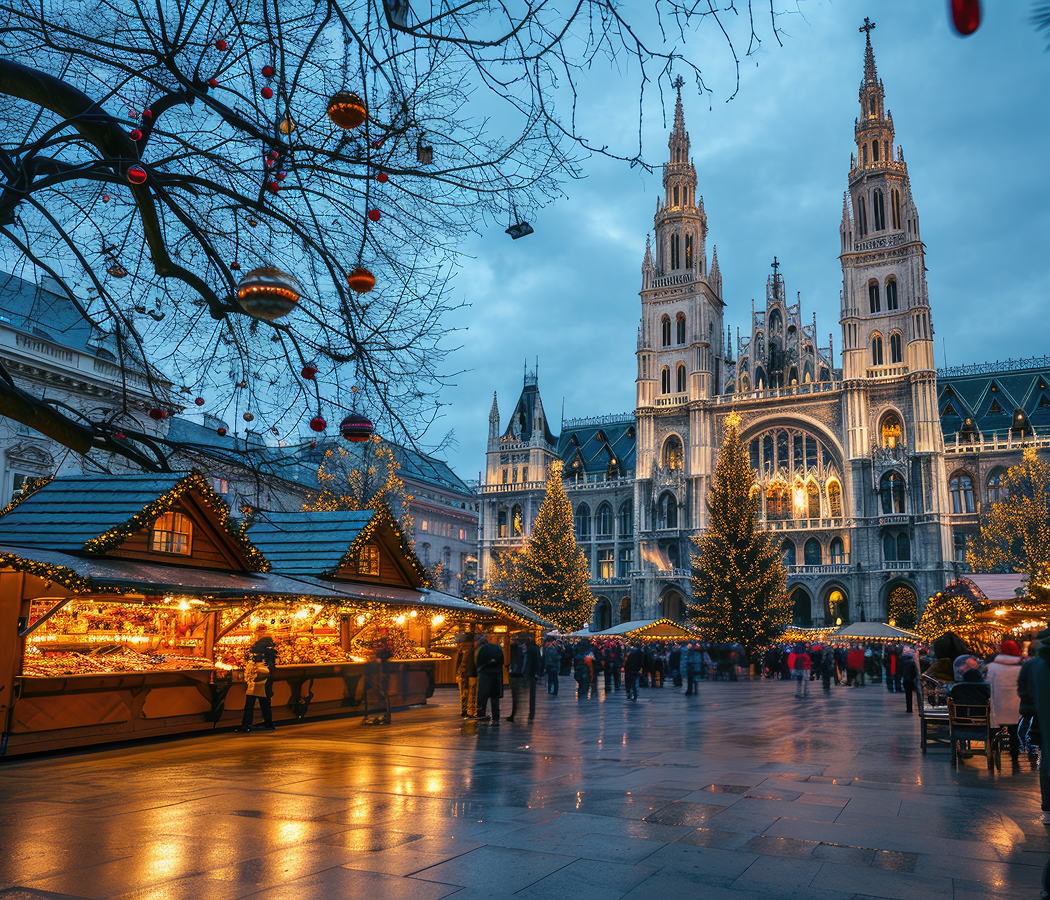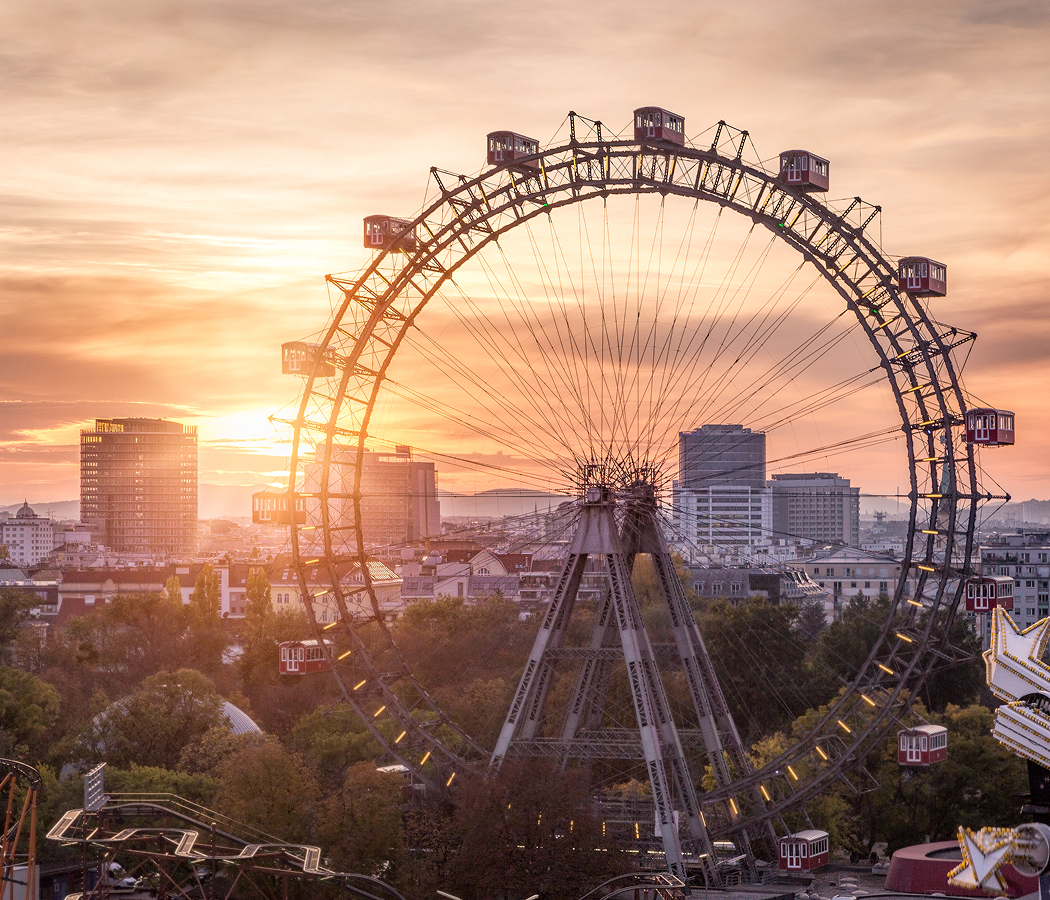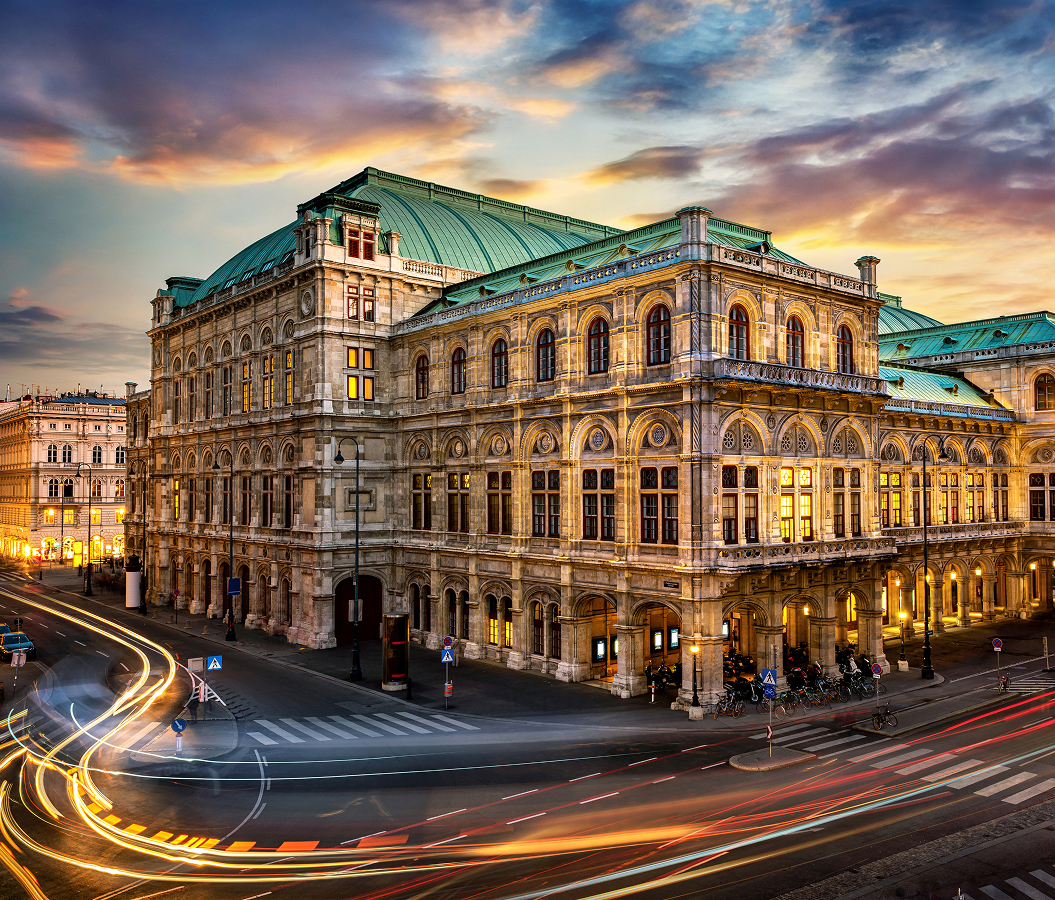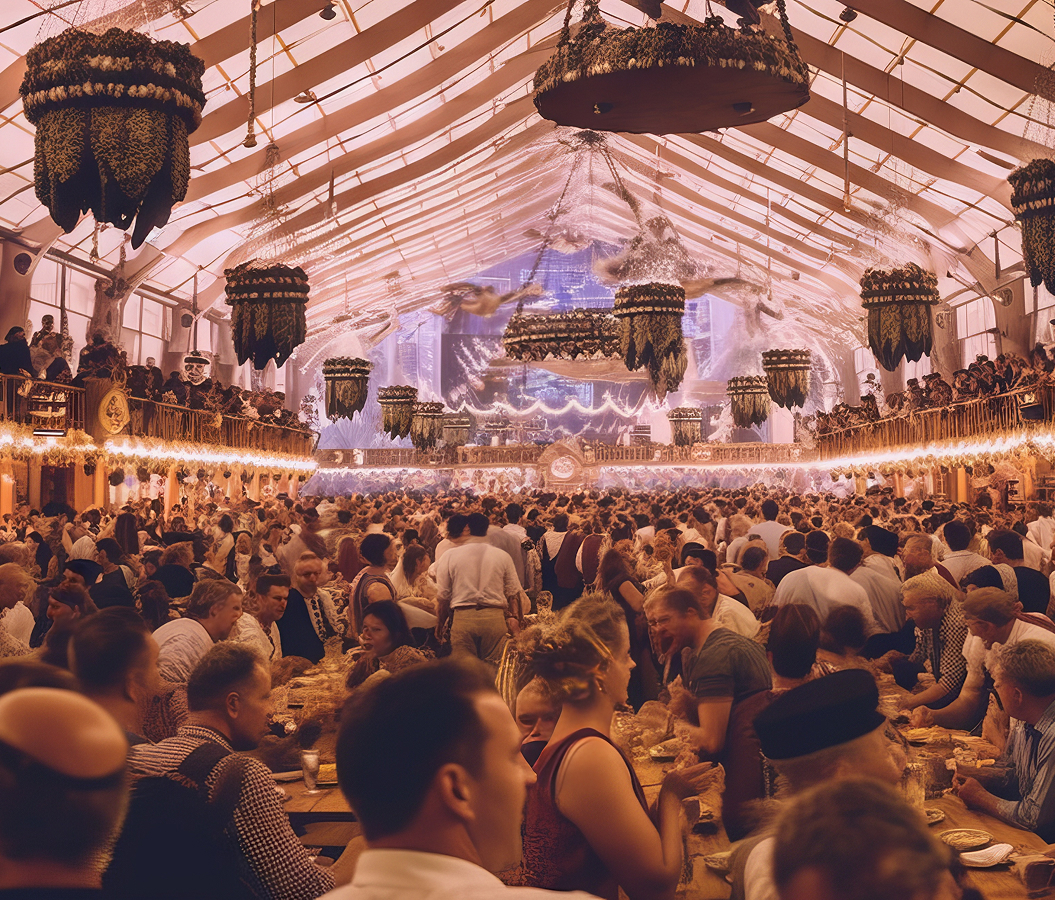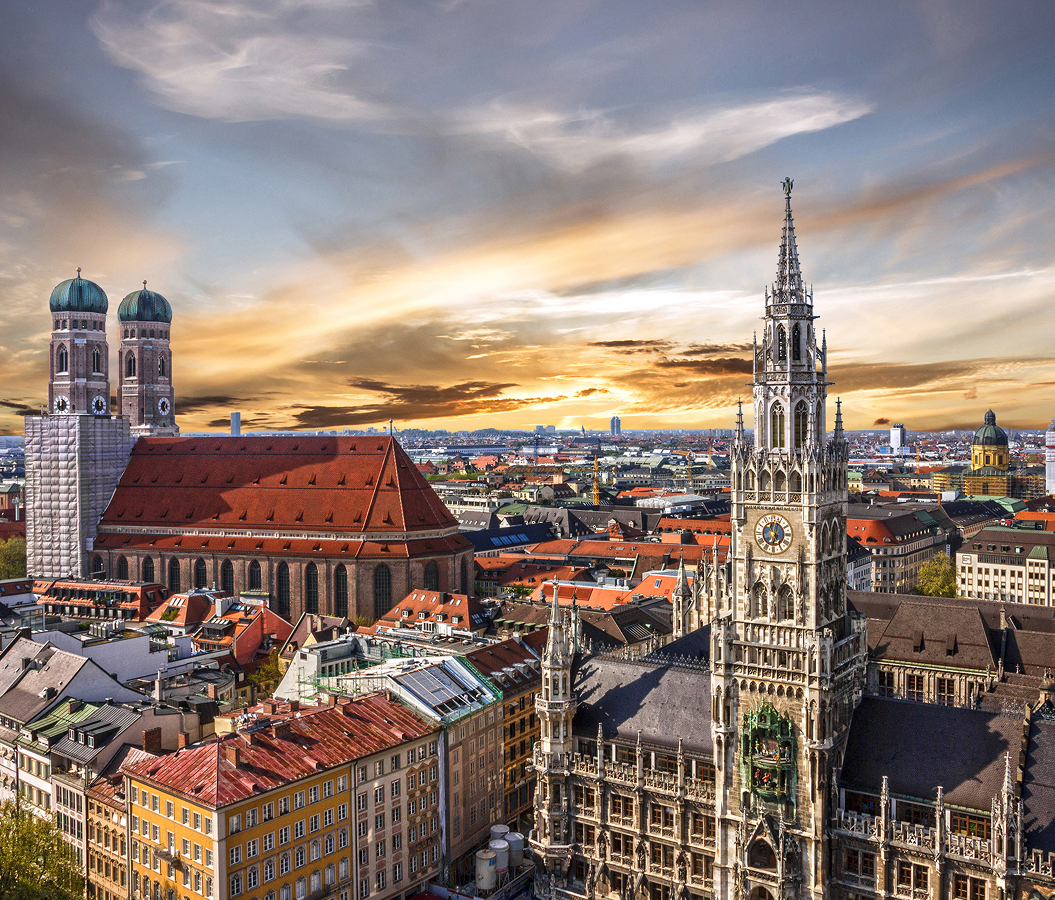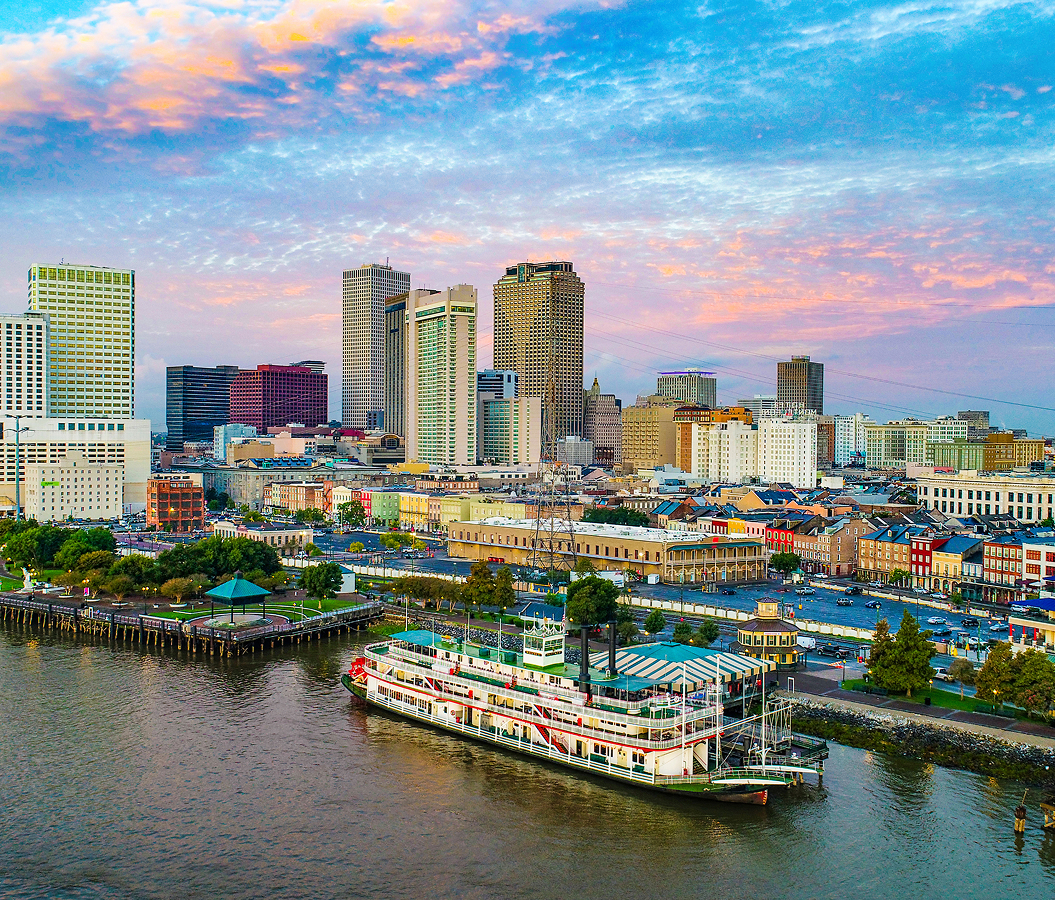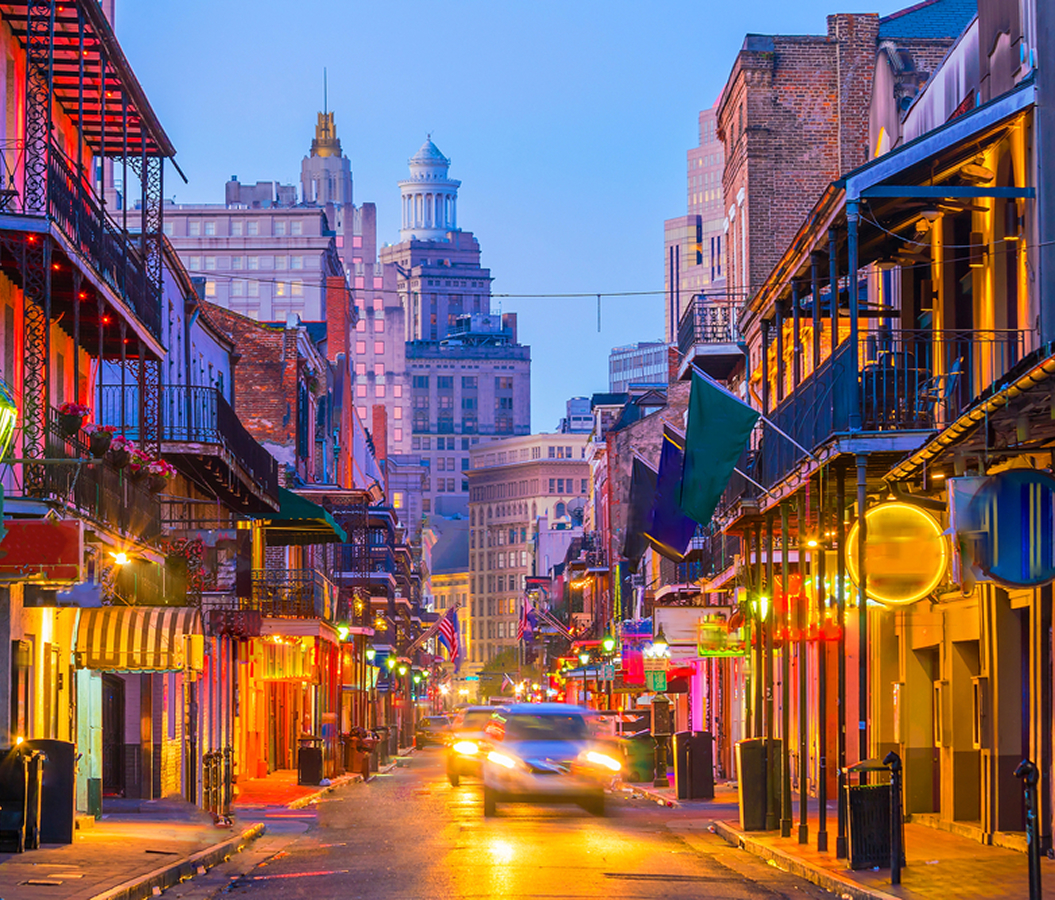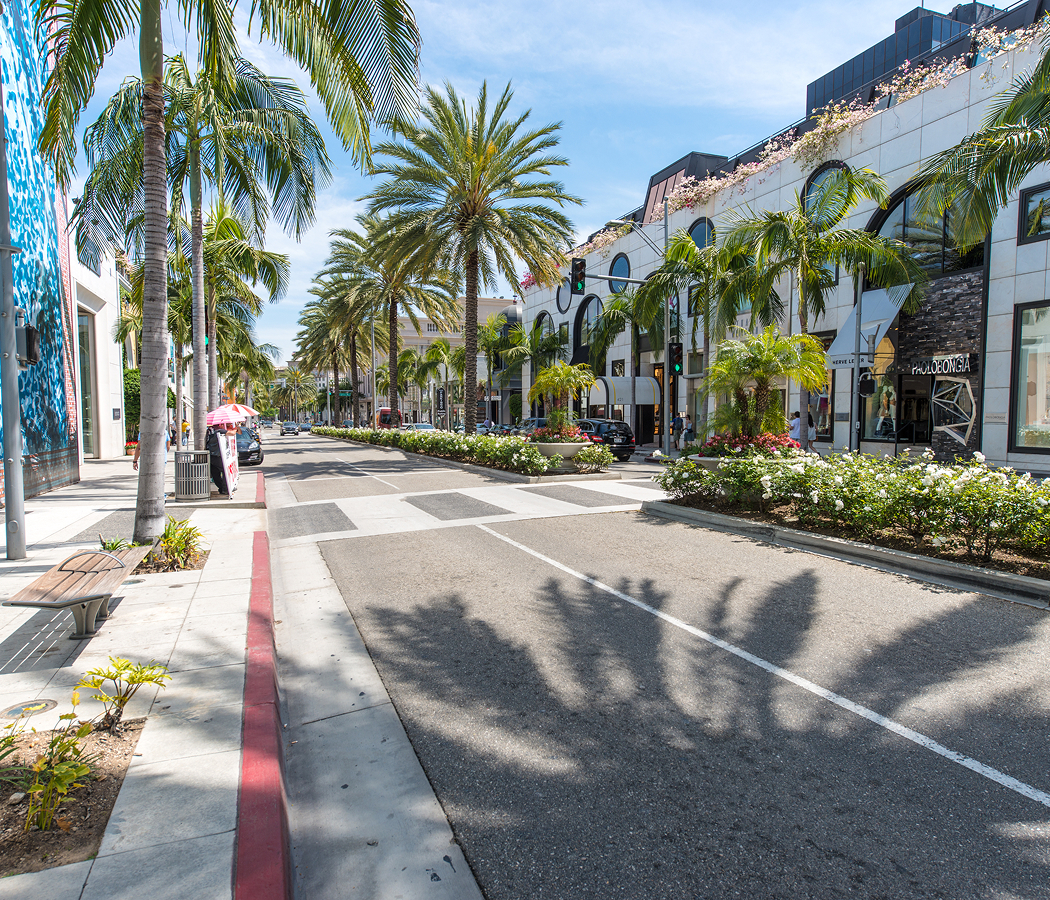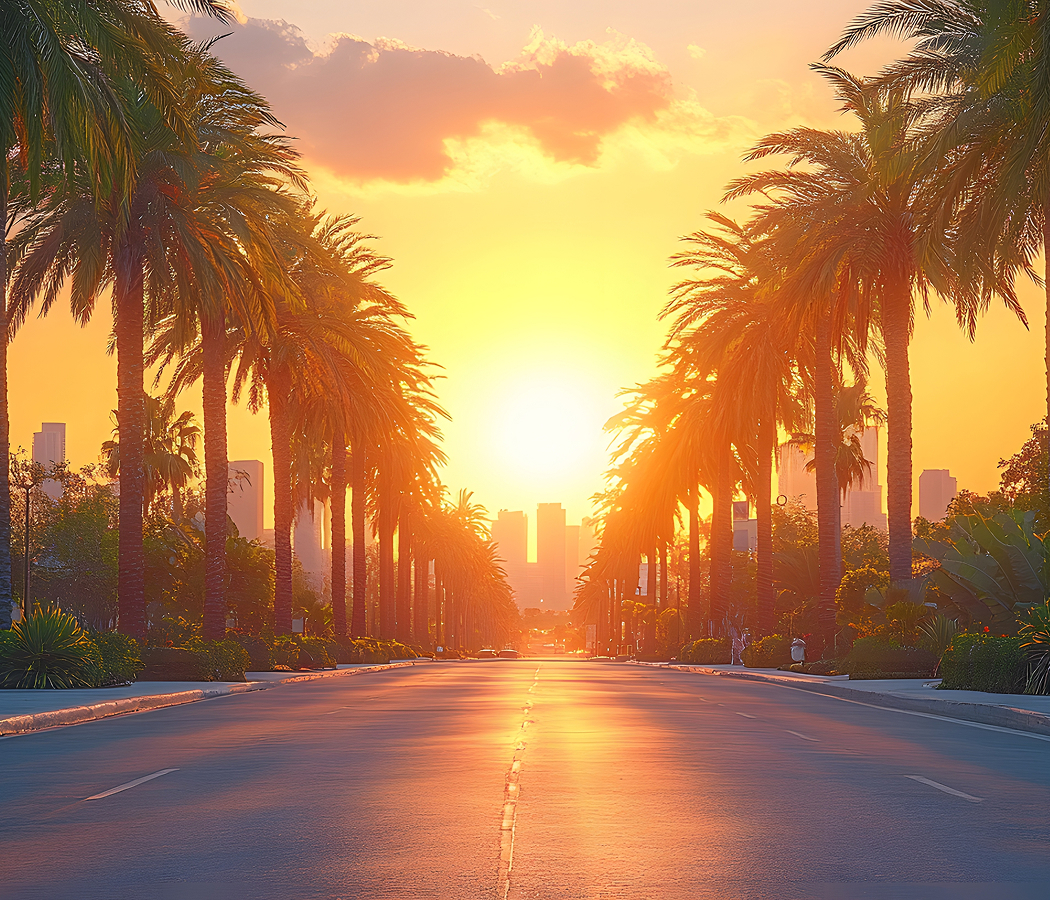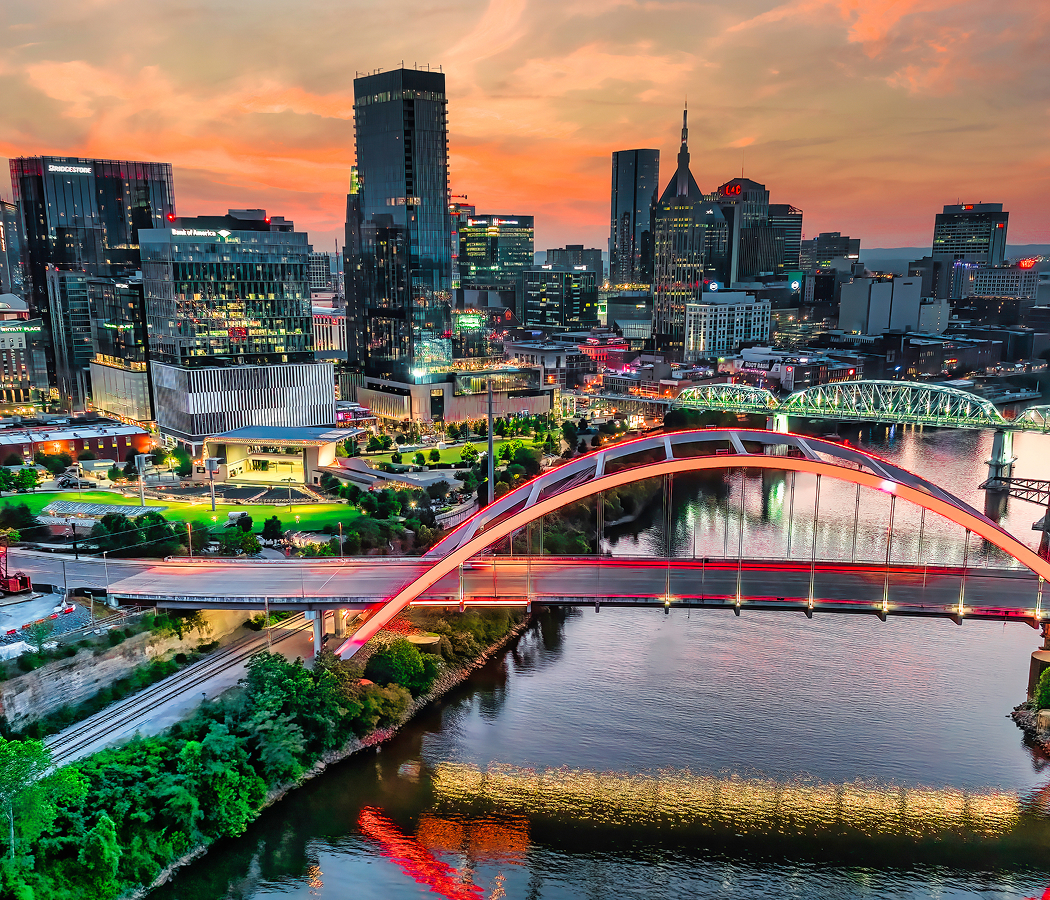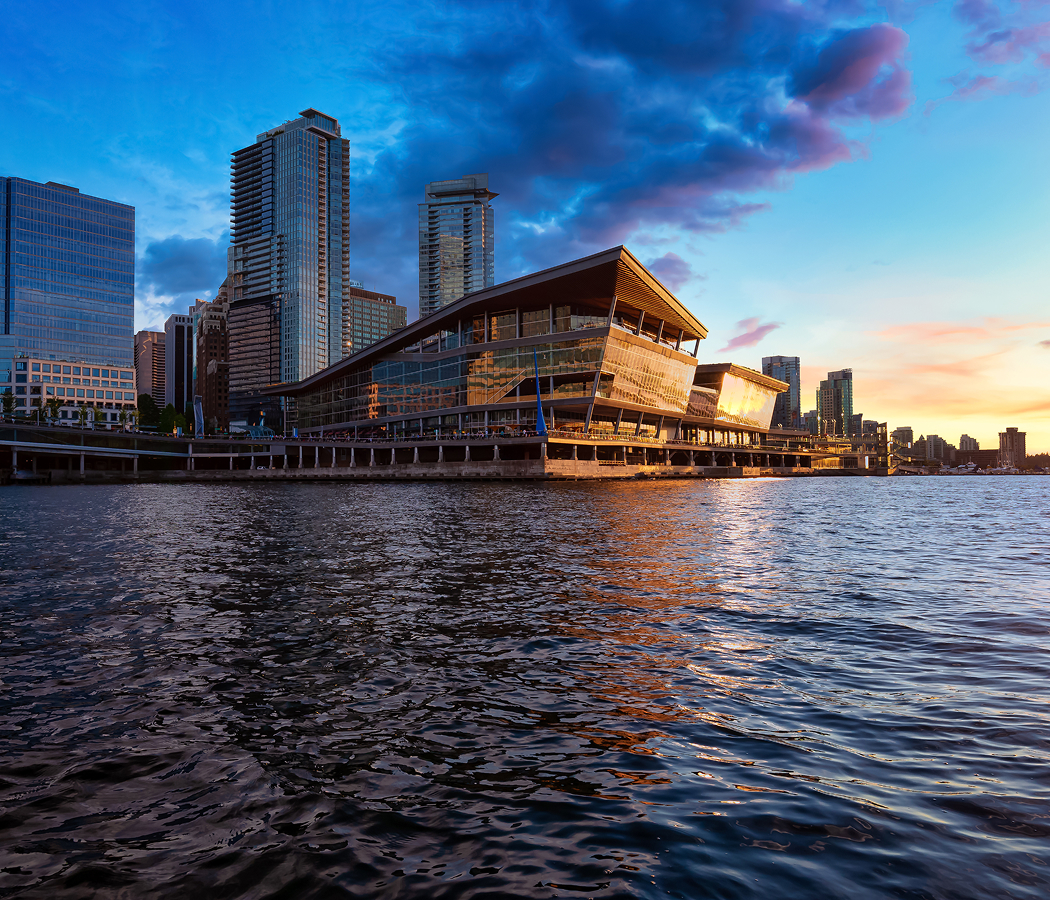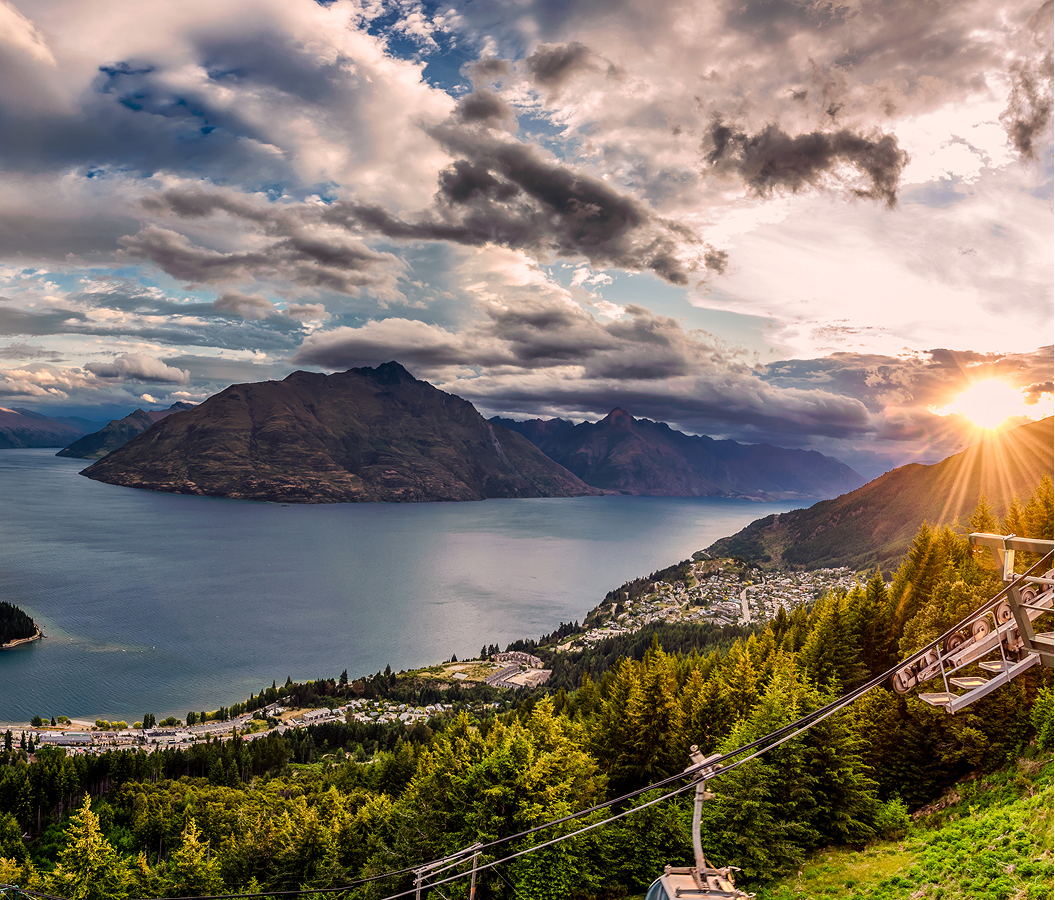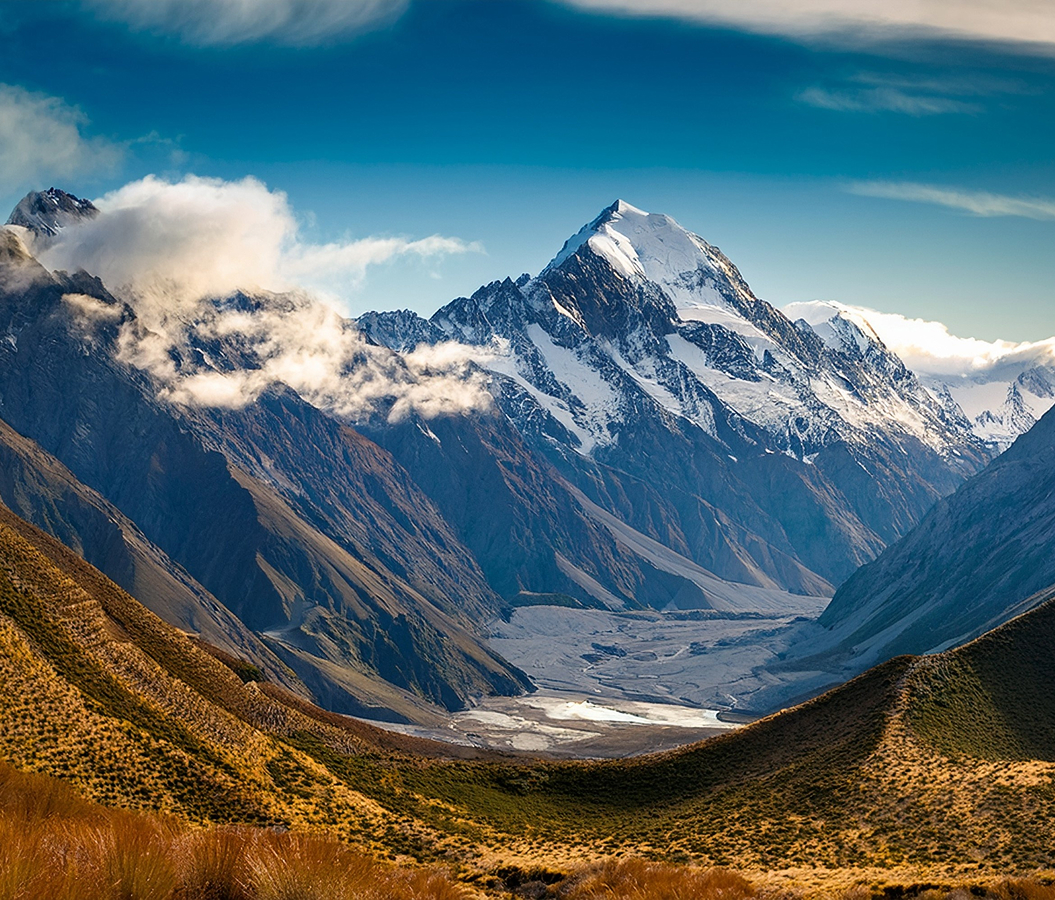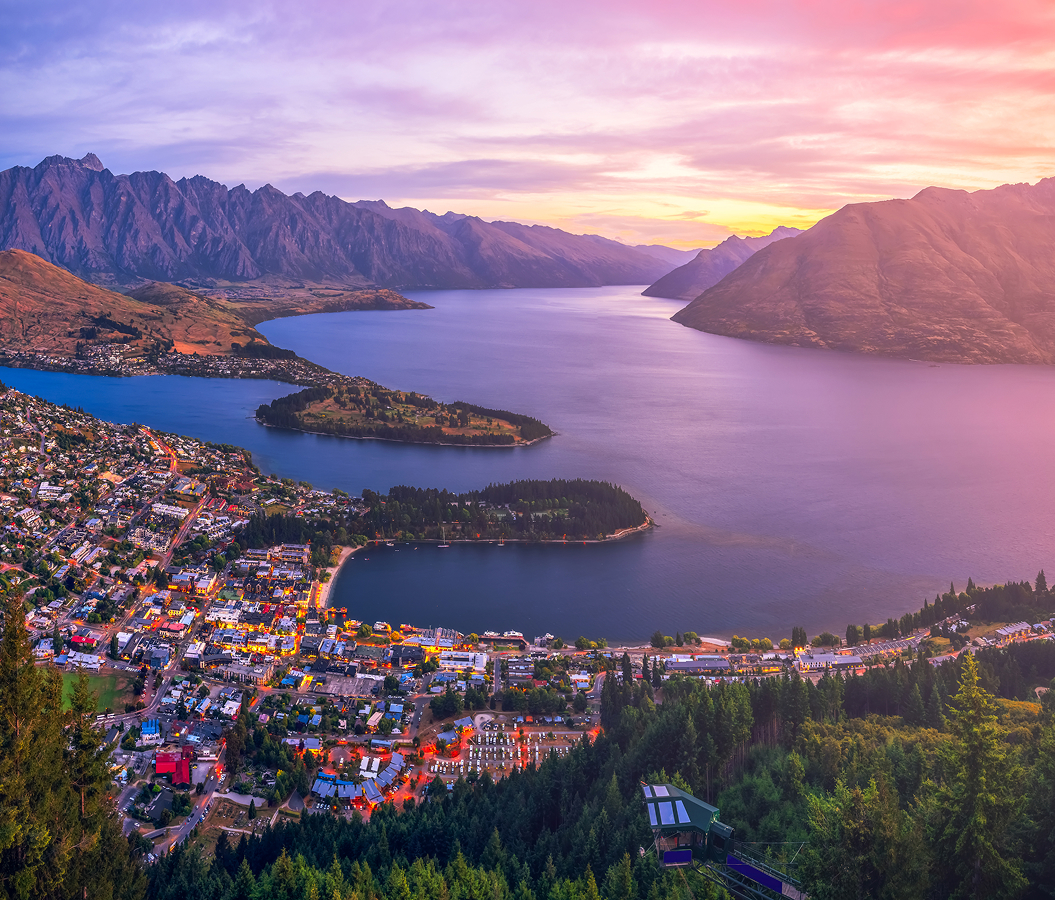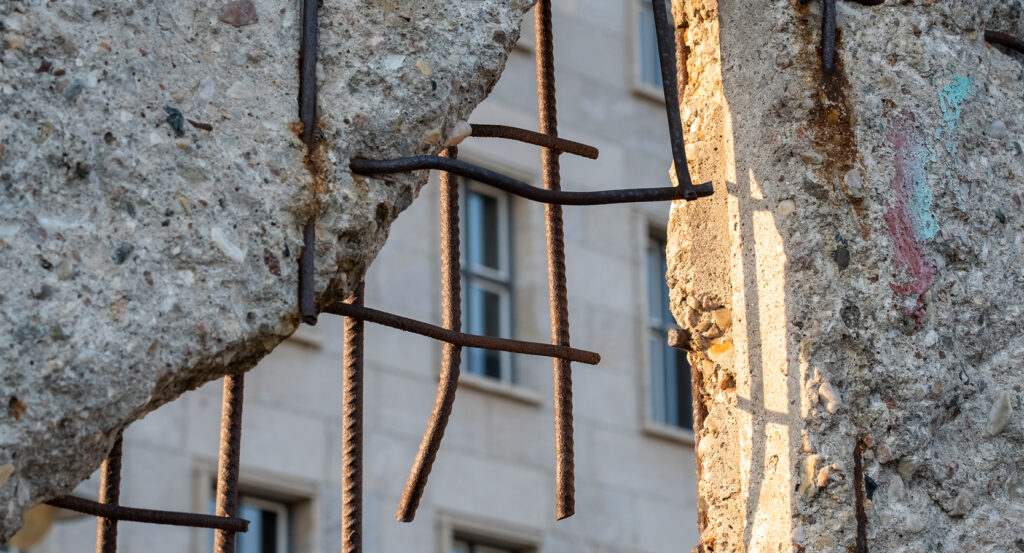
Why you should experience the Berlin Wall.
The Berlin Wall isn’t just a relic of the past, it’s a living scar that became a symbol of resilience, unity, and human will.
Stretching once across 96 miles of divided city, this concrete barrier separated families, friends, and futures for nearly three decades, standing as one of the most powerful symbols of the Cold War. Today, its surviving fragments, scattered through sites like the East Side Gallery, the Berlin Wall Memorial, and Checkpoint Charlie, tell the story of a city split in two, and a people who refused to surrender hope. Walk along the Wall’s remnants, and you feel history underfoot: the echo of boots on pavement, the whispers of escape attempts, the hush of lives caught between two worlds. The graffiti-splashed panels that now stand at the East Side Gallery pulse with energy and emotion, transforming what was once a boundary of oppression into a canvas for freedom and expression. Standing before them, you don’t just see the Wall, you feel it, a silent witness to pain and perseverance, now reimagined as a global monument to peace.
What you didn’t know about the Berlin Wall.
The story of the Berlin Wall begins long before its concrete rose in 1961, and its fall in 1989 reshaped not only Germany, but the entire world.
In the tense aftermath of World War II, Berlin became the focal point of a divided Europe. The city, though located entirely within Soviet-controlled East Germany, was split into four Allied sectors, American, British, French, and Soviet. By the 1950s, ideological rifts between East and West deepened, and as East Germans fled en masse to the freer, more prosperous West through Berlin, the Soviet-backed government of the German Democratic Republic took drastic action. Overnight on August 13, 1961, barbed wire fences and concrete barriers began to rise, sealing the border. Over time, the Wall became an elaborate system of guard towers, minefields, and patrol zones, a death strip separating two worlds. More than 5,000 people attempted to escape; at least 140 lost their lives trying. Yet even in its darkest years, art, resistance, and courage found a way to break through. The Wall’s western side became a graffiti-covered expression of defiance, its colors a rebellion against gray uniformity. When the Wall finally fell on November 9, 1989, after weeks of mounting protests and a miscommunicated government announcement, Berliners flooded the checkpoints with tears and cheers, chiseling away at the concrete with hammers and bare hands. The world watched as the city reunified overnight, not just physically, but spiritually. What few realize today is that large sections of the Wall were intentionally preserved, not to glorify the past, but to ensure it could never happen again. The East Side Gallery, the Berlin Wall Memorial at Bernauer Strasse, and the Documentation Center all stand as open-air classrooms, teaching new generations what division costs and what reconciliation requires.
How to fold the Berlin Wall into your trip.
To experience the Berlin Wall fully, you must walk it, tracing the city’s invisible seams where history, memory, and rebirth intertwine.
Start at the East Side Gallery, the longest remaining stretch of the Wall, running nearly a mile along the Spree River. Here, over 100 murals by artists from around the world tell stories of liberation and hope, from Dmitri Vrubel’s iconic Fraternal Kiss to Birgit Kinder’s famous Trabant car bursting through concrete. Walk slowly, letting the art speak its truth. Continue to the Berlin Wall Memorial on Bernauer Strasse, where preserved sections of the death strip and an observation tower offer a sobering, immersive understanding of what life along the divide once meant. The documentation exhibits here are among the most powerful in Europe, personal letters, photographs, and testimonies that humanize the history. From there, make your way to Checkpoint Charlie, the most famous crossing point between East and West, where historic signs and guard posts evoke the Cold War’s tension and drama. Don’t miss the Topography of Terror, a museum built on the site of former Nazi and Gestapo headquarters, where portions of the Wall stand beside exhibits that connect Germany’s two great traumas of the 20th century. For reflection, end your walk at Potsdamer Platz, once a barren no man’s land, now reborn as a hub of glass towers and light, proof of Berlin’s extraordinary rebirth. As night falls, find a quiet moment to stand where the Wall once stood and imagine the voices of those who lived on both sides, now joined in one city again. In its silence, the Berlin Wall still speaks, not of separation, but of the unbreakable strength of unity.
Hear it from the Foresyte community.
Not the kind of spot you grab a beer at but you leave different. You just stare at it like… people actually lived and died around this wall. It’s a powerful moment.
Where meaningful travel begins.
Start your journey with Foresyte, where the planning is part of the magic.
Discover the experiences that matter most.




